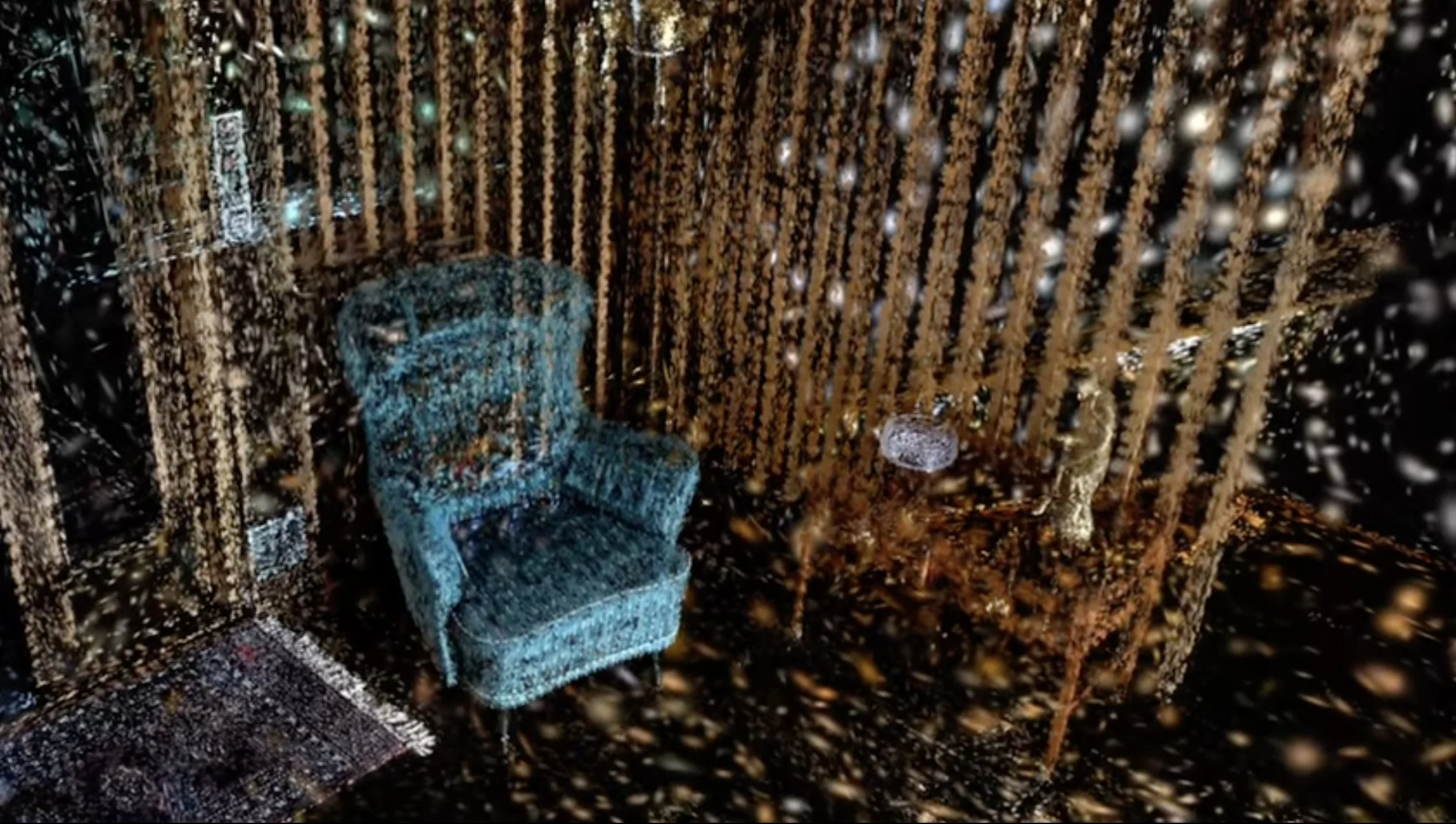Are Your Ready for the Splat Attack?
Neural Radiance Fields (NeRFs) are a groundbreaking 3D modeling technique based on deep learning. NeRFs create highly accurate 3D models that closely resemble an original image or object. This is done by training an AI model on thousands of images to learn the underlying 3D structure.
However, a new method called Gaussian Splatting is revolutionizing NeRFs. Developed by research teams like Inria in France, Gaussian Splatting optimizes NeRF renders to look more photorealistic while speeding up calculation times.
How Does Gaussian Splatting Work?
It replaces the grainy volumatic structure of basic NeRF models with smooth, ellipse-shaped splats. This results in a more accurate and natural 3D model surface.
By representing the model with sparse 3D splats rather than dense volumetric data, Gaussian Splatting dramatically reduces computation time. NeRF renders that previously took tens of thousands of training iterations can now be achieved in just thousands.
The enhanced surface representation also better captures material properties like reflections and transparency from the source images. This brings models to life with realistic details.
Advantages Over Traditional NeRFs
Higher visual quality in less time. Models have fewer artifacts and improved fine details thanks to the splatting optimization.
Ability to efficiently handle larger scenes and higher resolution images. Splatting circumvents NeRF limitations on memory and dataset size.
More photorealistic materials. Reflections, translucency, glossiness are recreated directly from images versus approximated.
Wider accessibility. While still demanding, Gaussian Splatting has lower hardware requirements than original NeRF implementations.
The Future of 3D Content Creation
Gaussian Splatting demonstrates the rapid evolution of AI-based 3D modeling techniques like NeRFs. It unlocks unprecedented potential to digitize real-world environments for applications ranging from virtual/augmented reality to 3D printing. As research continues, expect even more accessible, efficient and visually stunning 3D content generation powered by AI.
